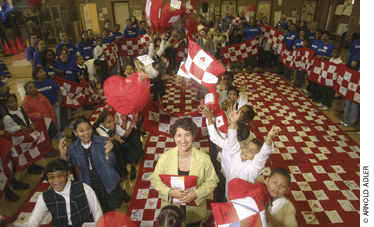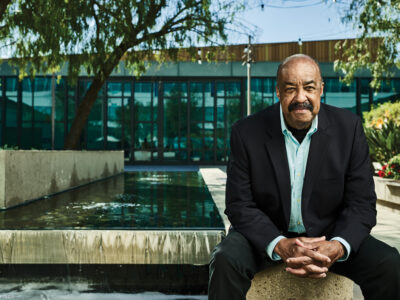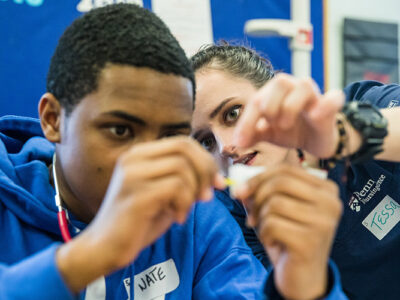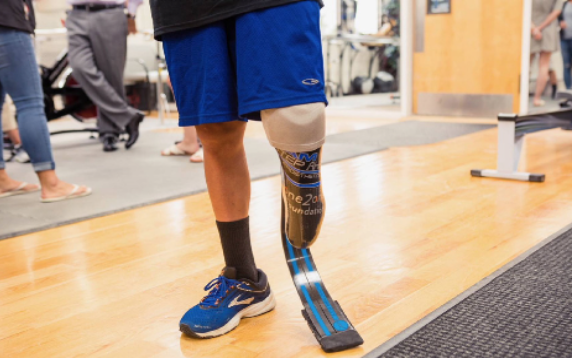
In 1998, Lisa Buksbaum C’82 experienced a series of family crises. In less than a year, she lost her brother to an asthma-induced heart attack; her father experienced a recurrence of non-Hodgkins lymphoma; and her nine-year-old son, Jonathan, developed rheumatic fever after a severe case of strep throat.
A doctor advised Buksbaum and her husband to take Jonathan to the ocean, so they rented a cottage on Coney Island, where she soon developed a new daily routine: walking alone by the ocean at 5 a.m. while singing and praying. It was on these walks that she created Soaringwords—or at least its inspiring moniker.
“I didn’t know what I was going to do with the name,” the former marketing executive admits. “I didn’t know if it was going to be a book title or what. But I knew I was going to use that name for something important.” She then did what any good businesswoman in her position would: she trademarked it.
By the time Jonathan recovered from his illness, Buksbaum had decided to start a non-profit organization that would “help millions of ill children and their families heal.” Since then, Soaringwords has aided over 150,000 kids and families. Healing comes in a variety of forms, as evidenced by the Soaringwords website (www.soaringwords.org), which features ill children’s poetry, artwork, and prose. Buksbaum also helps patients and their families decorate bedding to send to other ill children, and runs youth-leadership programs at inner-city schools.
In November, Buksbaum visited 300 patients at the University of California-San Francisco Children’s Hospital, helping them decorate pillows and quilts. She “connected [us] with new friends in our local community that we had not yet met,” says Micahel Towne, the hospital’s child-life director. “It was a pleasure to partner with such a gracious, talented woman of vision and compassion.” (Currently, Buksbaum is in talks with several Penn-affiliated organizations to bring Soaringwords onto campus for quilt- and pillow-making sessions.)
“A kid can spend five hours per week or per day on these activities,” says Buksbaum. “The best way to build someone’s self-esteem is to get them out of their illness and get them to focus on doing something positive for someone else.” Buksbaum has based her new career on just that, helping thousands of ill and healthy children help others. Watching them do so gives her enormous pleasure. When 12-year-old Taylor wanted to do something for other sick kids in between her own chemo cycles, a deeply moved Buksbaum helped her set up a community pillow- and quilt-making party that drew over a hundred people. When she met 15-year-old Sean Mellon at a mural-making session that she had organized at his special-needs school, he told her the mural was “more than just an art project” to him, and explained how the heart transplant he received at age four had affected his parents and sister. Touched by his story, she asked him to share it in front of the school. He did, and received a standing ovation.
Buksbaum doesn’t see herself slowing down anytime soon. “One out of five children in this country has a serious medical condition, and those numbers are going in the wrong direction: They’re increasing,” she says.
So far, her good works haven’t gone unnoticed. A&E’s “Lives That Make a Difference,” for example, recently recognized Buksbaum on its website and a DVD.
“It’s just an honor and blessing to be able to touch so many people,” she says. “I feel like we’re changing lives. We’re giving people an opening for healing, and reminding them that joy and life is still inside them.”
—Molly Petrilla C’06




